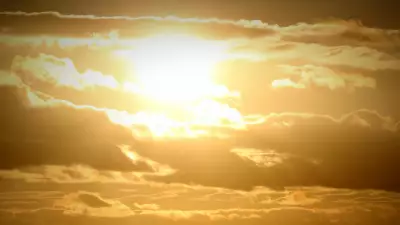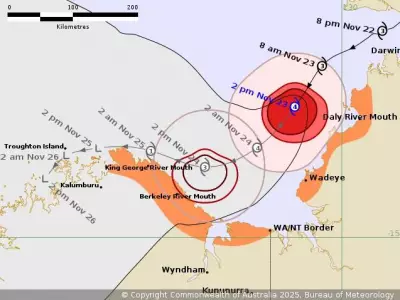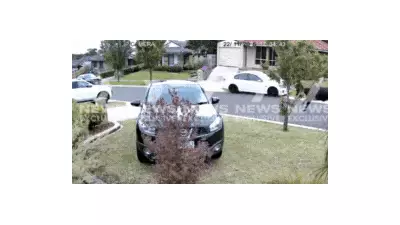
Central Australia is fighting for its life against an invasive species that's transforming the ancient desert landscape into an ecological disaster zone. What began as a well-intentioned pastoral solution has become one of the greatest threats the region has ever faced.
The Changing Face of the Desert
When Richard Swain first visited Central Australia in the early 1990s, the desert pulsed with natural rhythm. The red sands stretched beneath wide blue skies, and spinifex hummed with life. But returning last month revealed a starkly different landscape.
The red earth has been swallowed by a straw-green tide of buffel grass, an introduced species originally brought to feed cattle and stabilize soil. What was meant to heal the wounds of overgrazing has become what Swain describes as "one of the greatest infections Country has ever seen."
The invasive grass now carpets the land, rolling over dunes and gullies, choking native vegetation and transforming the ecosystem. Ancient trees that survived centuries of natural fires are dying, their roots cracking under heat intensities they were never meant to endure.
Cultural and Ecological Devastation
The damage extends beyond visual changes to deep cultural and ecological consequences. A single fire in Tjoritja / West MacDonnell Ranges National Park in 2019 destroyed more than half the trees in burned areas, many hundreds of years old.
Even the witchetty bush, traditionally used as a food source marker for Indigenous communities, is suffocating under the invasive grass. For thousands of generations, people looked for cracks in the sand beneath its branches to find witchetty grubs. Now, the ground beneath these culturally significant plants is completely obscured.
Buffel grass is linked to the decline of more than 30 nationally listed threatened species, creating an environmental crisis that demands immediate attention.
Traditional Owners Face New Battle
At Tempe Downs, Traditional Owner Group members confront a painful reality. Their elders spent decades fighting to reclaim their Country, with many passing away before seeing it returned. Now the younger generation faces a different struggle: healing the damage caused by this invasive species.
These community members demonstrate remarkable resilience, rising before dawn to manually remove buffel grass while facing hundreds of kilometres of infestation. Their work combines deep patience with profound grief as they watch sacred landscapes transform.
The situation represents more than an environmental issue—it's a cultural, spiritual and generational crisis affecting the very heart of Indigenous connection to Country.
Industry Resistance and National Action
Buffel grass is now being considered for listing as a Weed of National Significance. This designation wouldn't ban its use in grazing but would unite science, policy and community efforts to stop its spread and reduce impact.
However, resistance comes from pastoral industries where buffel remains "good for business." In regions with scarce rainfall and tight margins, the grass has undoubtedly helped maintain livestock and keep stations operational. Many graziers view the "weed" classification as a direct threat to their livelihoods.
Richard Swain, an Indigenous ambassador for the Invasive Species Council and honorary associate professor at ANU's Fenner School of Environment and Society, suggests the solution requires moving beyond binary thinking.
"Arguing over who's right or wrong won't get us far," Swain notes. "Buffel can be both a valuable pasture and a devastating invader—just as a cat can be both a pet and a predator."
The critical issue isn't assigning blame but determining how to address the spreading problem that was first proposed as a Key Threatening Process back in 2012, yet never received the necessary listing or action.
As buffel grass continues to transform Central Australia's ancient landscape, the question remains whether unity can be found to address this multidimensional crisis before the desert loses its voice completely.





